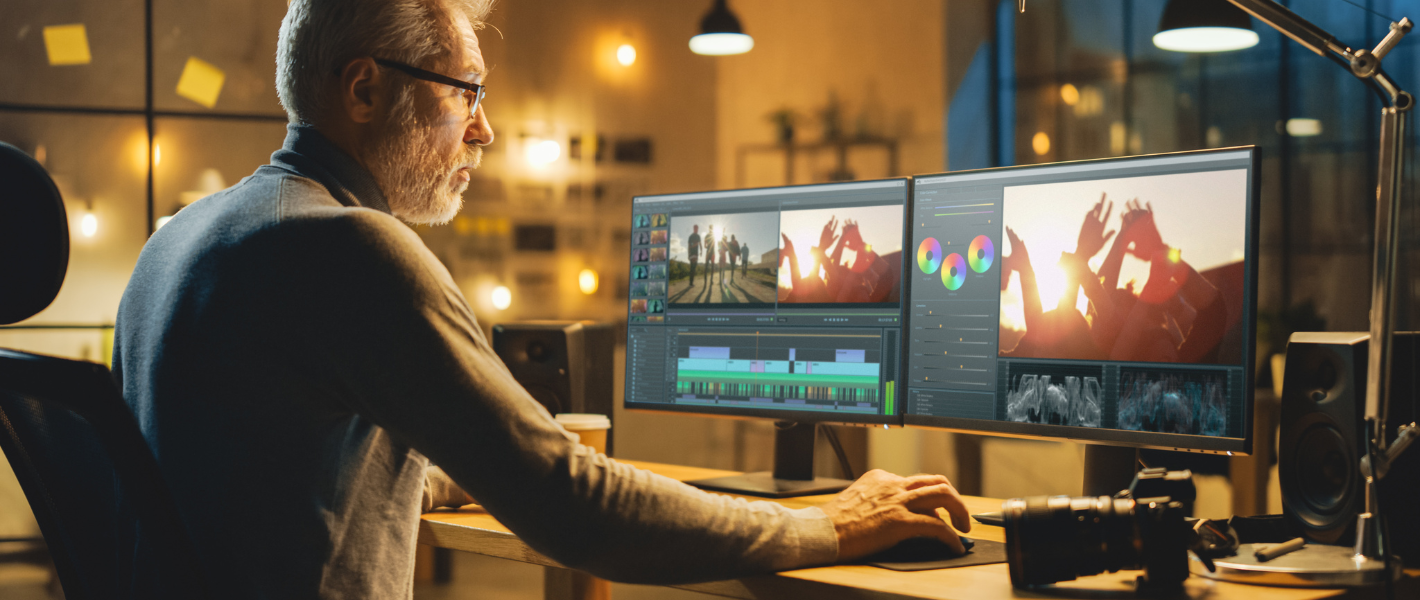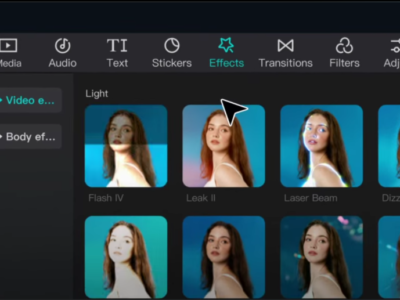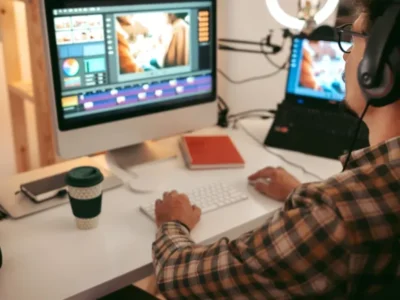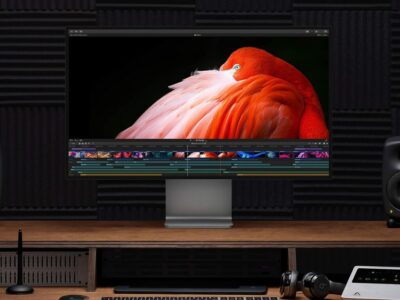Video editing is a process-transforming procedure in the world of filmmaking, a very important process in which raw footage is transformed to become an entirely different, compelling narrative. That is the art of video editing, adding to the storytelling and dictating pace, rhythm, and the overall impact of the final piece on its audience.
So, what are the basic rules of video editing? The following post is an attempt to get into the first rules of video editing by drawing from a rich conversation looking into insights from the legends of the industry—including none other than Alfred Hitchcock himself, Walter Murch, and an adept editor like Adam Epstein. These are the guiding rules that give direction to both the young and practiced editors while they are exercising their creativity in shaping works that are captivating to the viewers and evidently having an effect on them.
“THE MORE SUCCESSFUL THE VILLAIN, THE MORE SUCCESSFUL THE PICTURE.”
– Alfred Hitchcock

The Emotional Resonance: Hitchcock’s Mastery
Hitchcock’s treatment of the iconic shower scene in “Psycho” became one of those examples where the impalpable emotional resonance dominated the logic of video editing. Away from direct imagery, Hitchcock went for an impressionistic method, threading 78 shots to suggest violence. This style smartly captivates its audience in their imagination, thinking of a much stronger emotional feeling than creating a clear picture of the act.
Their attention is involved in this way: through this device, their mind completes the picture, and the emotional effect of the scene is made to have more intensity.
Walter Murch’s Six Basic Rules of Video Editing
1. Emotion Over Technique
The first rule of the Murch’s is that one works towards the emotional impact of a cut. Every editing should be an improvement or at the worst, keep the current emotional tonality of the narration. It is much more than just an arsenal of techniques designed to goad the editor into tapping the emotional journey of the audience. If a cut feels sad, happy, tense, or anxious, it has indeed helped in the creation of the overall emotional landscape of the piece, and thus is effective per definition.
2. Advancing the Story
The meaningful editing moves the story forward, meaning it can develop and put the details of different topics. Also, the special events occurring are put in every story.
Effective editing will see to it that every cut represents a deepening of the story by excising everything that is irrelevant either to the emotional core of the story or to its narrative coherence.
3. Rhythmic Sensibility
Editing rhythm is connected with the rhythm of the emotional intonation of the narrative. It can be flowing and continuous, or it can be fast and jumbled, where the paces of the cuts provide for a drapery of the appropriate atmosphere. Epstein argues for adhering to a good, subjectively reasonable rhythm that complies with the needs of the narrative.
4. Eye Trace
To know exactly what is most likely to attract the attention of the audience would affect taking a decision in respect of where to cut and how. In other words, he understands that such knowledge can be used to guide the viewer’s eye and can be used to accentuate important elements or cover other elements to avoid disturbing the narrative.
5. Spatial Awareness and 180-Degree Rule
The 180-degree rule, as with the maintenance of spatial coherence, both aim at orienting the audience within the scene. Adhering to the 180-degree rule or knowingly breaking it also maintains spatial continuity with the judicious use that creates disorientation and serves the narrative.
6. 3D Space and Environment
Established certainly earlier, one would have reduced any possible confusion over space and how the characters are using it as their environment for the play.
Be it with wide shots that establish, or be it with closer shots that turn towards details. It seeks always to hold a balance between showing enough to orientate the viewer. However, at the same time not showing so much that one will bore the other.
Film Composition Examples
Within this FREE PDF, you will discover:
- film composition examples in movies
- how filmmakers employ composition techniques
- how to create unforgettable cinematic experiences

The Role of Impressionistic Editing
The perceptions of Hitchcock and Murch are a testament to the importance of impressionistic editing. The suggestive nature of imagery and sound in relaying emotion and telling a story well beyond what is manifestly delivered. This goes ahead to engage and draw upon the imagination of the audience, making them part and parcel of the story.
The Evolution of Video Editing
The other point of view tries to illustrate how video editing has changed with time. From the time it was introduced and many doubts arose with the cuttings, to when it becomes so easy for the audience to follow the complex editing patterns.
It developed, so new, not only technology but also a deeper understanding of human psychology and the realization of how visual information is perceived.
Concluding Thoughts on the Basic Rules of Video Editing
Some would say that video editing, distilled from the philosophies and experiences of stalwarts in the industry, just comes down to storytelling. That lays down power in a video editor’s hands to sculpt experiences for a viewer through a balancing act of just the right emotion, rhythm, narrative progression, and coherence of visuals. The rules of basic video editing are anything but prescriptive. It is a collection of general guidelines that give the editor the power to tell stories that most importantly grab, entertain, and reach an audience on an emotional level.
In the evolving landscape of film and video production, these rules stand like beacons amidst the huge. They guide creators over and around the forest of technical hurdles, logistical brick walls, and complex creative conundrums that combine to make it a worthy—yet challenging and relentless—process of bringing stories to life. From the careful montage of shots in a Hitchcock thriller to the modern, rhythmically driven edit of a music video, core principles of video editing remain the same—engage the emotion, tell the story, and captivate the audience.
Film Composition Examples
Within this FREE PDF, you will discover:
- film composition examples in movies
- how filmmakers employ composition techniques
- how to create unforgettable cinematic experiences

Explore related content

Video Editing Tips CapCut: Tips, Tricks, and Techniques
Video editing is an art, and there are proper tools and techniques, through them everybody… Read More »Video Editing Tips CapCut: Tips, Tricks, and Techniques

Factors to Consider Before Buying a Video Editing Computer
From helping grow your brand and business to editing just for fun with the love… Read More »Factors to Consider Before Buying a Video Editing Computer

Best Video Editing Monitors in 2024
In the evolving world of video production, the importance of a high-quality monitor cannot be… Read More »Best Video Editing Monitors in 2024